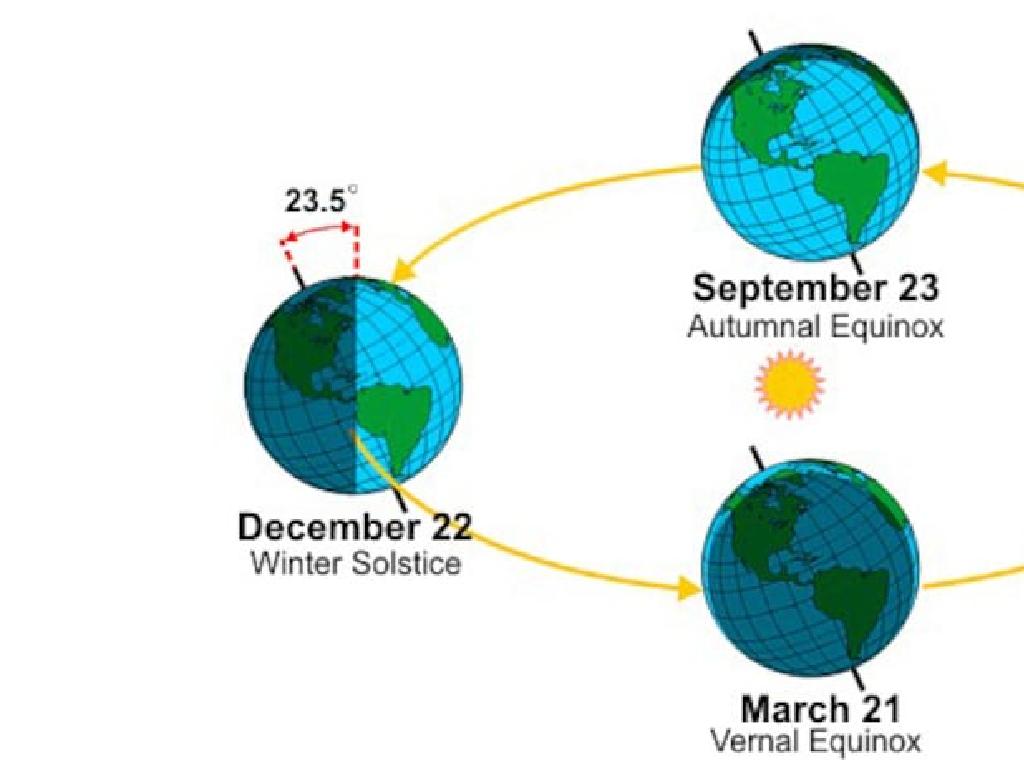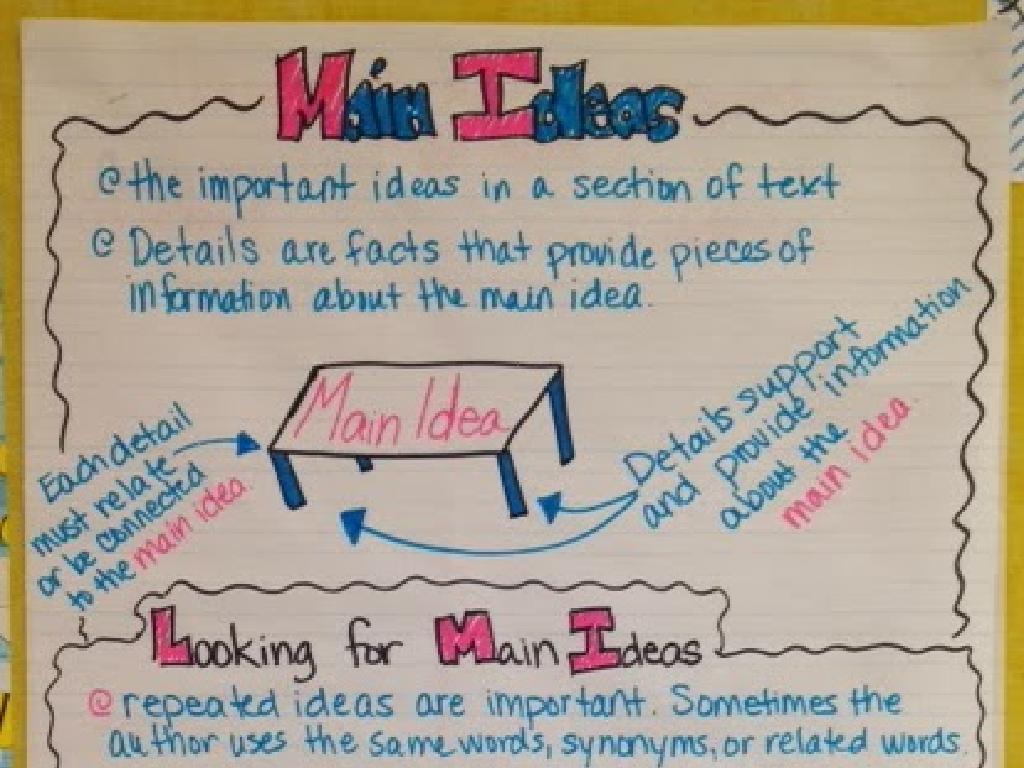Caesar And The End Of The Roman Republic
Subject: Social studies
Grade: Seventh grade
Topic: Rome And The Byzantine Empire
Please LOG IN to download the presentation. Access is available to registered users only.
View More Content
Introduction to Rome and the Byzantine Empire
– Foundations of the Roman Republic
– Started as a monarchy, became a republic with a complex government system.
– Significance of the Roman Empire
– At its peak, it was the most powerful economic, cultural, political and military force in the world.
– Who was Julius Caesar?
– A military general and leader whose actions led to the rise of the Roman Empire.
– Caesar’s impact on history
– His reforms and centralization of power marked the end of the Roman Republic.
|
This slide introduces students to the grandeur of Rome and the Byzantine Empire, setting the stage for a deeper exploration of its political and historical context. Begin with the Roman Republic, emphasizing its unique government structure and transition from monarchy. Highlight the Empire’s influence on the modern world in terms of law, culture, and governance. Introduce Julius Caesar as a pivotal figure, discussing his military conquests, political maneuvers, and eventual role in the transformation from Republic to Empire. Explain how Caesar’s life and actions are a window into the end of the Roman Republic and the rise of imperial rule, which will lead into a discussion on the implications of his leadership and the eventual shift to the Byzantine Empire.
The Roman Republic: Governance and Citizenship
– What is a republic?
– A republic is a state where people elect officials to represent them.
– Roman government structure
– Consisted of the Senate, Consuls, and Assemblies.
– Citizen roles and duties
– Voting, military service, and holding public office.
– Impact on modern governance
– Many modern democratic principles originate from Roman practices.
|
This slide aims to introduce students to the concept of the Roman Republic, its governmental structure, and the roles of its citizens. Begin by defining a republic, emphasizing the idea of representation and elected officials, which is a cornerstone of many modern democracies. Discuss the various branches of Roman government, including the Senate, which was a council of elders; the Consuls, who were the chief executives; and the Assemblies, which represented the citizens. Highlight the responsibilities of Roman citizens, such as voting, military service, and the ability to hold public office. Conclude by connecting the Roman Republic’s influence to contemporary government systems, fostering an understanding of the Republic’s lasting legacy on governance today. Encourage students to think about how these ancient concepts are still relevant and reflected in our current political structures.
Julius Caesar: Path to Power
– Caesar’s early background
– Born into a patrician family, aimed for political heights
– Military conquests and career
– Notable victories in Gaul, expanded Rome’s territory
– Political ascent and alliances
– Formed the First Triumvirate with Pompey and Crassus
– Conflicts leading to power
– Power struggles with Pompey escalated to civil war
|
This slide introduces students to the early life of Julius Caesar, emphasizing his noble birth and ambition. Highlight his military prowess, particularly in Gaul, which made him popular and powerful. Discuss his political maneuvers, including the formation of the First Triumvirate, an alliance that helped him rise in the Roman political hierarchy. Finally, address the conflicts and power struggles, especially with Pompey, which led to a civil war and ultimately paved the way for Caesar to become the dictator of Rome. Encourage students to consider how Caesar’s actions and alliances contributed to both his success and the eventual end of the Roman Republic.
The Fall of the Roman Republic
– Key events of Republic’s decline
– Political instability, economic troubles, and social issues led to decline.
– Caesar’s political impact
– Caesar expanded the empire, centralized power, and reformed society.
– Significance of crossing the Rubicon
– Crossing the Rubicon was a point of no return, leading to civil war.
– Transformation into the Empire
– Caesar’s actions paved the way for the end of the Republic and the rise of the Empire.
|
This slide aims to summarize the complex events that led to the end of the Roman Republic. Highlight the key factors contributing to the Republic’s decline, such as political corruption, economic crises, and class conflicts. Discuss Julius Caesar’s critical role in reshaping Roman politics and society, including his military conquests and centralization of power. Explain the crossing of the Rubicon as a symbolic act of defiance against the Senate, which ultimately led to a civil war and the establishment of the Roman Empire. Emphasize the lasting impact of these events on the course of history. Encourage students to consider the consequences of power struggles and political reforms in the context of ancient Rome.
Caesar as Dictator: Shaping Rome
– Definition of a dictator
– A ruler with total power over a country, typically one who has obtained control by force.
– Julius Caesar’s key reforms
– Caesar made changes like land reforms and calendar reform.
– Impact of Caesar’s rule
– His rule led to social and political changes, paving the way for the Roman Empire.
– Rome’s transformation
|
This slide aims to explain the concept of a dictator in the historical context of Julius Caesar’s rule over Rome. Begin with a clear definition of a dictator, emphasizing the total control aspect and the usual means of obtaining such power. Highlight Julius Caesar’s significant reforms, such as the redistribution of land to the poor and the introduction of the Julian calendar, which are examples of his lasting impact on Roman society and governance. Discuss how Caesar’s dictatorship marked a turning point for Rome, leading to the end of the Roman Republic and the beginning of the Empire. Encourage students to consider both the positive and negative effects of Caesar’s dictatorship on Rome’s development.
The Assassination of Julius Caesar
– The Ides of March significance
– March 15, 44 BC, marked Caesar’s assassination and a turning point in Roman history.
– Motives for Caesar’s assassination
– Power struggle, fear of tyranny, and senatorial resentment fueled the assassination.
– The conspiracy against Caesar
– A group of senators, called the Liberators, plotted to kill Caesar to restore the Republic.
– Rome’s transition to Empire
– Caesar’s death ended the Republic era, paving the way for Augustus and the Roman Empire.
|
This slide delves into the pivotal event of Julius Caesar’s assassination, which dramatically altered the course of Roman history. The Ides of March, or March 15, 44 BC, is not just a date but a symbol of the end of the Roman Republic. Students should understand the complex motives behind the assassination, including political power struggles, fear of Caesar’s growing authority, and the desire of some to return to the old Republic. The conspirators, known as the Liberators, believed they were saving Rome from tyranny. However, the assassination led to further turmoil and ultimately the establishment of the Roman Empire under Augustus. Discuss the irony of the outcome with the students and how this event is a turning point that led to a new era in Roman history.
The Byzantine Empire: Rome’s Eastern Successor
– Byzantine: Continuation of Rome
– Eastern Roman Empire thrived after the fall of Rome in the West.
– Differences from Western Empire
– Political structure, language, and religious practices differed.
– Cultural significance
– Preserved Greek and Roman traditions, strong in art and architecture.
– Historical impact
– Influenced modern law, culture, and Orthodox Christianity.
|
The Byzantine Empire is often seen as the continuation of the Roman Empire in the East, surviving for nearly a thousand years after the fall of its western counterpart. Highlight the differences between the two, such as the Byzantine Empire’s use of Greek language and Eastern Orthodox Christianity, compared to the Latin and pagan or Catholic West. Emphasize the cultural and historical significance of the Byzantine Empire, including its preservation of classical knowledge, its unique contributions to art and architecture, such as the Hagia Sophia, and its lasting impact on law, culture, and religion, particularly in Eastern Europe and the Middle East. This slide aims to give students a clear understanding of the Byzantine Empire’s role in history as a bridge between ancient and modern civilizations.
Role-Play: Roman Senate Debate on Caesar
– Divide into Senate factions
– Debate on Caesar’s policies
– Discuss pros and cons of Caesar’s rule
– Decide on historical actions
– What actions might the Senate take?
– Reflect on history’s course
– How do decisions shape history?
|
This class activity is designed to immerse students in the historical context of the Roman Republic’s political dynamics. By dividing the class into groups representing different factions within the Roman Senate, students will gain a deeper understanding of the complexities of political debate and decision-making. Each group will discuss and debate the implications of Caesar’s policies, such as land reforms, military expansion, and centralization of power. They will then decide on a course of action as if they were the Senate of the time. Concluding the activity, students will reflect on how the decisions made by historical figures like Caesar and the Senate can alter the course of history. This reflection will help them understand the weight of political decisions and their long-term effects. Possible activities for different groups could include representing the Populares, Optimates, or Caesar’s own supporters, with each group presenting their perspective on Caesar’s actions and their potential impact on Rome.






